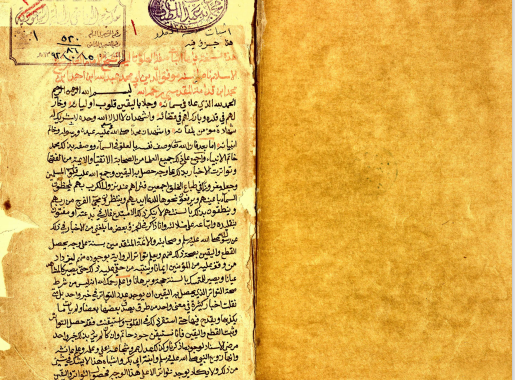Islamic armies
وصف المخطوطة:
)Islamic armies) is a manuscript classified under the sciences of Aqidah. Its author, Ibn Qayyim al-Jawziyya, Muhammad ibn Abi Bakr ibn Ayyub, who died in 751 Hijiri. It was transcribed in Al-Naskh font script on Wednesday 13 Shawwal 1269 Hijiri. And transcribed once more by Abd al-Aziz ibn Abd al-Rahman ibn Husayn ibn al-Sheikh Muhammad ibn Abd al-Wahhab. It has a number of papers of 92, and the number of lines was 22, with a size of 22 x 16 cm. The manuscript begins with: (Allah, Glory be to Him, who is in charge. Whom we hope that he answers our prayers and make us enjoy Islam, the Sunnah and wellness, for the happiness and welfare of this world and the Hereafter, their bliss and their victory are based on these three pillars...). And it ends with: (... A chapter. Perhaps someone says, How can he argue with us in this question ... If we had wanted, we would have come to this question with a thousand proofs, but this is a short summary.) It was included in collection from p. 1 to p. 184, on it the Waqf (charitable trust) Imam Abdullah bin Faisal, written in black ink, while the heads of chapters in red ink.


.jpg)
